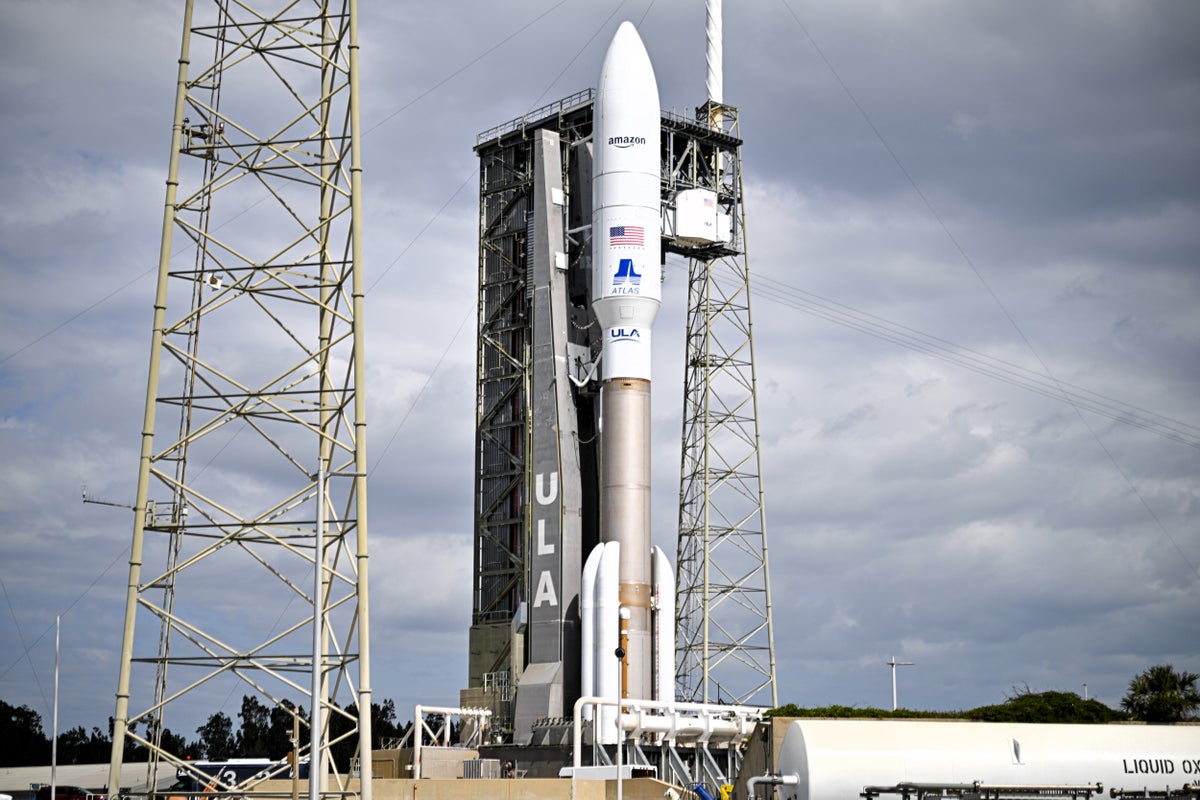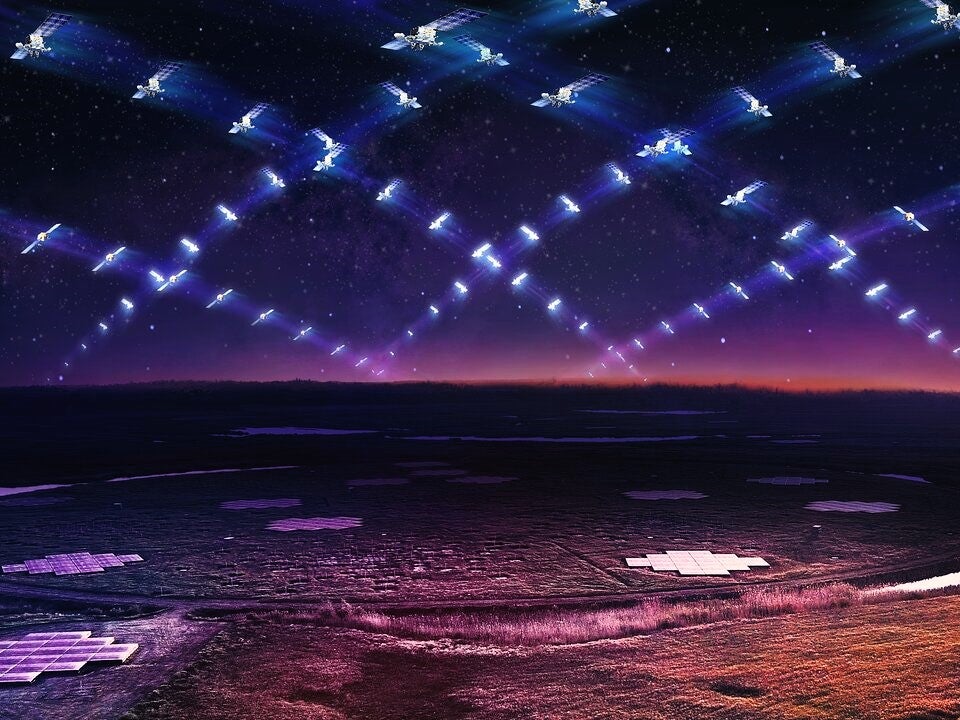
Jeff Bezos suffered a setback in his ambition to take on Elon Musk’s Starlink network after Amazon was forced to scrub the first ever launch of its Kuiper internet satellites.
The United Launch Alliance (ULA) had been due to send 27 of Amazon’s first operational Project Kuiper satellites into orbit from Cape Canaveral in Florida, however thick clouds and nearby rain breached launch safety rules.
“It is confirmed that we will not continue with the Amazon Project Kuiper 1 launch activities today,” ULA launch commentator Caleb Weiss said during the livestream. A new date has not yet been set.
Project Kuiper is Amazon’s multi-billion dollar attempt to build a global satellite internet network that could rival SpaceX’s Starlink constellation, which has already deployed more than 6,750 satellites and begun commercial operations in more than 100 countries around the world.

Amazon has said it plans to launch more than 3,200 Kuiper satellites, having secured more than 80 launches to deploy the initial constellation.
Contracts include ULA, Arianespace, Blue Origin – the space firm founded by Bezos – and even SpaceX.
“We’ve designed some of the most advanced communications satellites ever built, and every launch is an opportunity to add more capacity and coverage to our network,” Rajeev Badyal, vice president of Project Kuiper, said ahead of the latest launch attempt.
“We’ve done extensive testing on the ground to prepare for this first mission, but there are some things you can only learn in flight, and this will be the first time we’ve flown our final satellite design and the first time we’ve deployed so many satellites at once.”
Two prototype Kuiper satellites were successfully launched in October 2023, with Amazon since improving the performance of propulsion systems, processors and inter-satellite links.
Once deployed, the satellites will activate onboard systems and use their electric propulsion systems to ascend to their assigned orbit of 630 kilometres (392 miles).
Amazon workers will then test network connectivity by sending data up to the satellites and back down to terminals on the ground.







